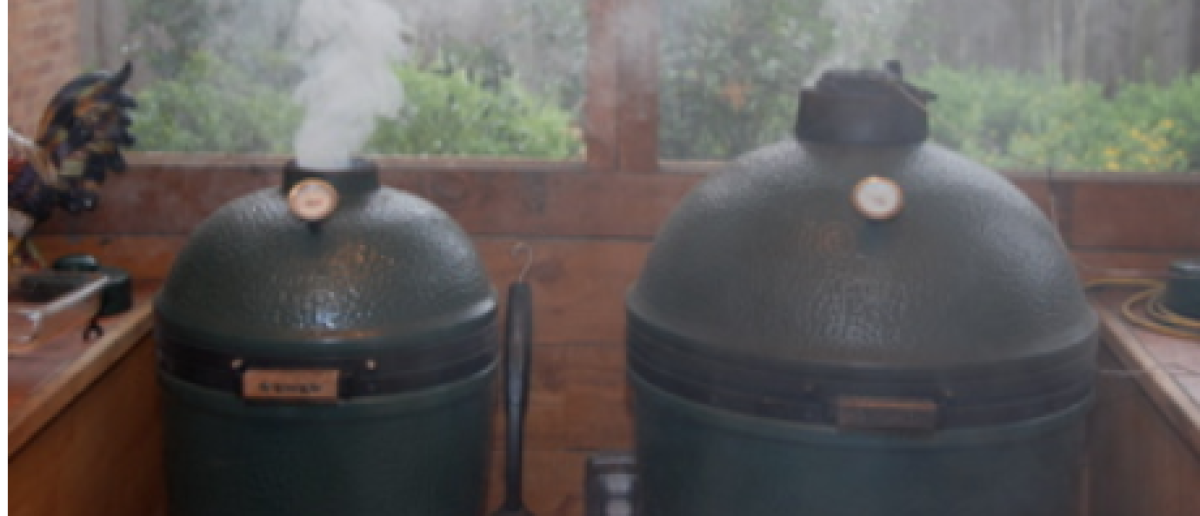There are different recommendations on the technique of salting a steak before cooking. This review assumes one will only use salt and pepper as their seasoning for the steak. If one wishes to add other rubs, check the salt content and adjust the pre-cook salting amount to compensate for the additional salt in the rub. If just adding herbs or salt-free seasonings, the adjustment isn’t necessary.
Why salt?
The most obvious answer is for flavor and salting immediately prior to grilling will accomplish that easily. It is well known that brining meats (pork and chicken immediately come to mind) in a salty solution will increase the moisture in the final product. The same principle works with salting a steak. Research by
Quoting from the blog:
“Here’s what’s going on.
- Immediately after salting the salt rests on the surface of the meat, undissolved. All the steak’s juices are still inside the muscle fibers. Searing at this stage results in a clean, hard sear.
- Within 3 or 4 minutes the salt, through the process of osmosis, will begin to draw out liquid from the beef. This liquid beads up on the surface of the meat. Try to sear at this point and you waste valuable heat energy simply evaporating this large amount of pooled liquid. Your pan temperature drops, your sear is not as hard, and crust development and flavor-building Maillard browning reactions are inhibited.
- Starting at around 10 to 15 minutes, the brine formed by the salt dissolving in the meat’s juices will begin to break down the muscle structure of the beef, causing it to become much more absorptive. The brine begins to slowly work its way back into the meat.
- By the end of 40 minutes, most of the liquid has been reabsorbed into the meat. A small degree of evaporation has also occurred, causing the meat to be ever so slightly more concentrated in flavor”.
My experiment: I started with a 1.25# choice ribeye. I heavily salted it with Kosher salt.

I then vacuum-sealed it and placed it in the fridge for 2 hours. When preparing for cooking, I submerged the bag in a sink of hot (110*) water for about 45 minutes (hot-tubbing). When I removed it for seasoning with Cluck & Squeal Beef Specific rub, I checked and found it had an internal temp of 92*. (Note: This is where I warned about too much salt – I learned from my mistake).

Large BGE at 300-325* dome, but my Grill Grates temped at 500* with an IR thermometer. I seared about 90 sec on each side, then using tongs and a mitt, I seared all the edges of the steak on the ridges of the Grill Grates.

I removed when the internal temperature was 125*, divided and served with sautéed spinach and mushrooms plus a green salad.

Results: Other than being slightly more salty than I prefer (not compensating for the salt in the rub), I could clearly taste a rich flavor deep inside the very juicy meat, not just on the surface. This will become my steak-cooking technique for the future.
Enjoy,
Misippi Egger
(Clark Ethridge)
**********
Serves 2
Ingredients:
1.25# ribeye steak
Kosher salt
Fresh ground pepper
Steak rub (Optional)
Instructions:
(1) Heavily coat both sides of the steak with Kosher salt (reduce amount if planning to use a rub that contains salt).
(2) Place in refrigerator for a minimum of 40 minutes and up to overnight (it will not dry out if left uncovered). If plan to grill immediately after salting, also add freshly ground black pepper and/or any steak rub.
(3) Rest at room temperature for an hour or can hot-tub in a bag in hot water prior to grilling.
(4) Use your favorite steak grilling technique and cook to your preferred doneness. Enjoy a much juicier, flavorful steak!







